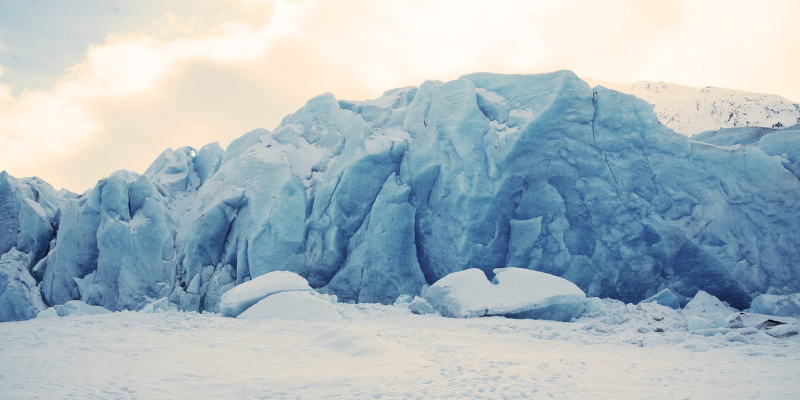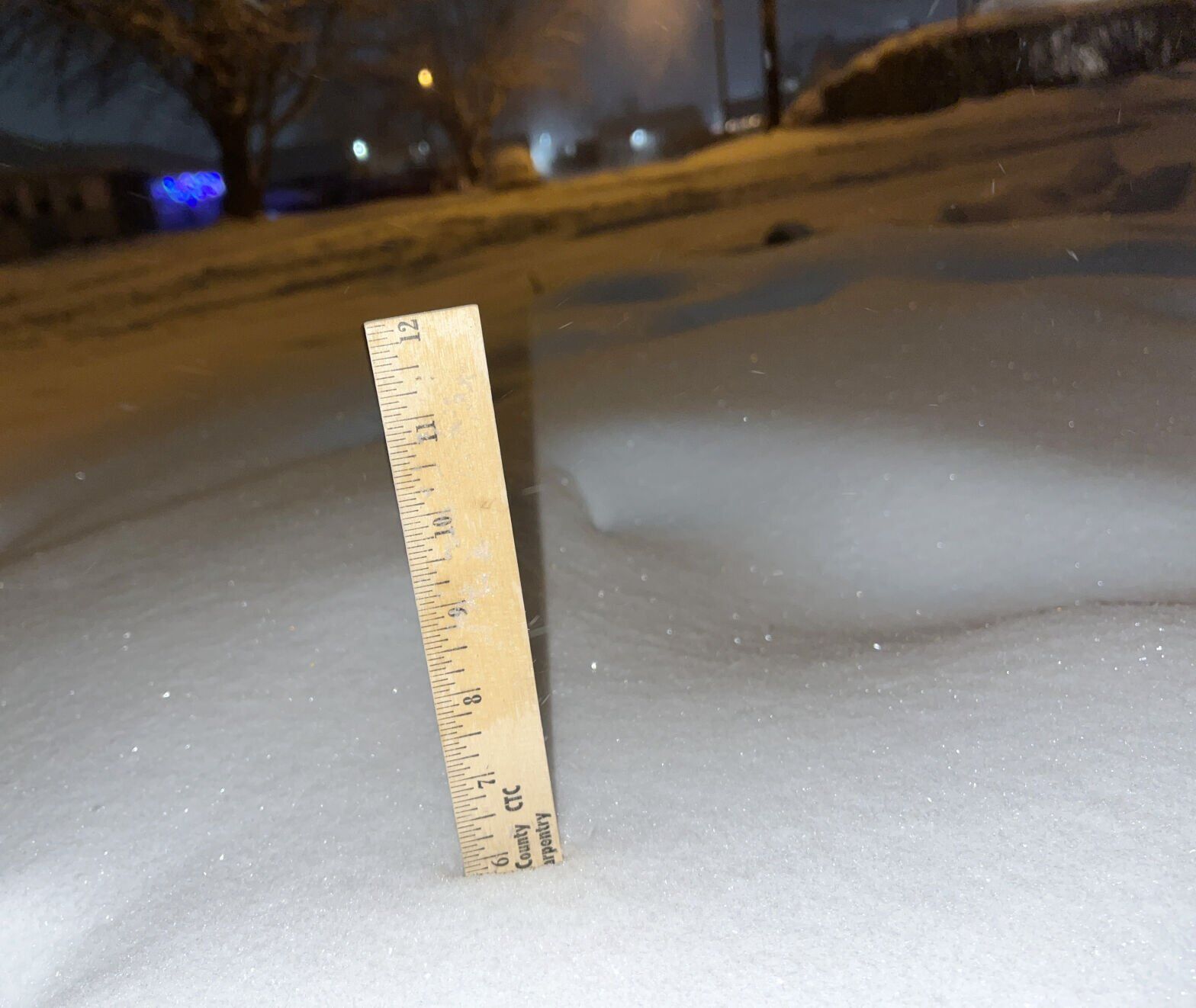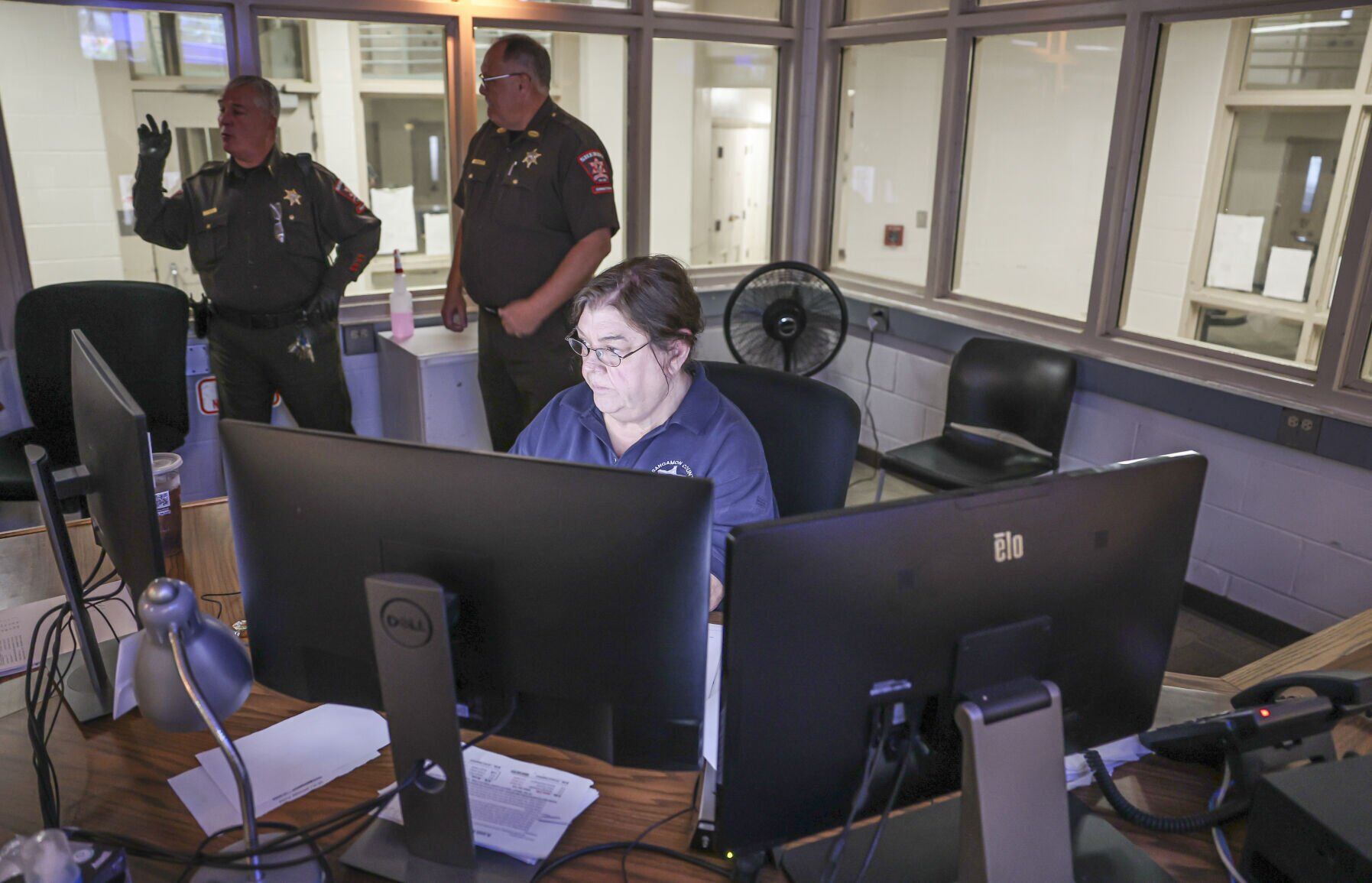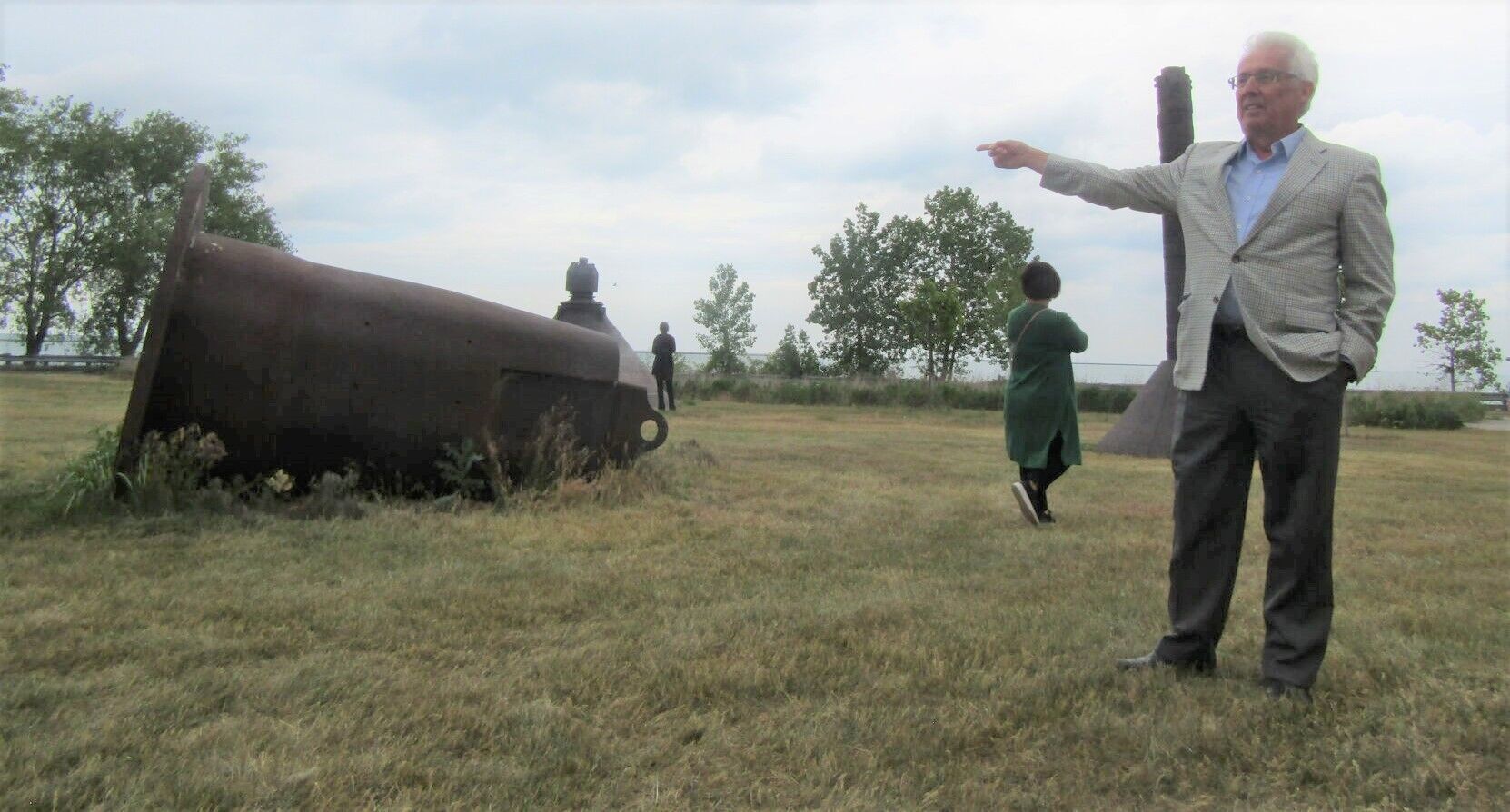Rising carbon dioxide levels, now at 421 ppm, exceed anything seen in human history. Scientists look to the distant Pliocene epoch—over three million years ago—when evergreen forests reached the Arctic shores, to gauge what a future with drastically reduced ice might hold.
What Would Happen If All the Ice on Earth Suddenly Melted?

Key Takeaways:
- Current CO2 levels sit at 421 ppm, exceeding any previous level in Homo sapiens’ history.
- The last time Earth saw similarly high CO2 dates back to the Pliocene epoch, roughly three million years ago.
- Evergreen forests during the Pliocene once spread as far north as the Arctic.
- The hypothetical loss of all Earth’s ice raises urgent questions about environmental shifts.
- Ancient climate records highlight how rapidly the planet can change under elevated CO2 conditions.
Introduction
What happens if all the ice on Earth suddenly melts? This question has recently gained urgency as atmospheric carbon dioxide (CO2) levels soar past 421 parts per million—an unprecedented figure for Homo sapiens. Researchers point out that these numbers rival those recorded in an epoch when our planet’s climate bore little resemblance to today’s.
The CO2 Snapshot
Today’s 421 ppm translates to 0.042 percent of our atmosphere, a seemingly small fraction that holds enormous influence over global temperatures. Scientists emphasize that this figure is “far higher than it’s ever been in the history of Homo sapiens,” highlighting the extraordinary nature of the current era.
Looking to the Past
The Pliocene epoch, over three million years ago, provides critical insights. Back then, Earth was warmer, and much of what we now think of as icy, northern reaches were drastically different. According to the article, evergreen forests extended “all the way to the shores of the Arctic Ocean,” a testament to how raised CO2 levels can reshape entire ecosystems.
Implications of Melting Ice
Though much remains to be studied, some scientists consider that if CO2 continues to climb, Earth may inch closer to the conditions of the Pliocene. An ice-free planet would represent a profound change, potentially altering coastlines and environments across the globe. While the precise outcomes are uncertain, research into Earth’s past underscores the scale of possible shifts when ice recedes en masse.
Conclusion
If the fate of the Pliocene epoch is any guide, current CO2 readings reinforce the sense of urgency surrounding global climate strategies. As greenhouse gases climb, they illuminate just how interconnected our planet’s ice, forests, and skies are. With CO2 now at a level not seen in millions of years, scientists encourage us to look to deep history for clues about the road ahead.











